ZodiaK
VIP


HydroMaal is the only indigenous company in the Horn of Africa working on the development of the energy transition sector in the Horn of Africa. By utilizing the country’s abundant natural resources (wind and solar), and deploying existing and future green energy production technologies, the company plans to be a major player in the global energy transition solutions, by building the necessary renewable energy value chains and infrastructure to accelerate and scale up the production of, cheap, emission-free sustainable energy systems (green hydrogen and green ammonia) as part of the decarbonization of the local, region and global economy and reduce the impact of climate change.

The African Hydrogen Partnership Trade Association (AHP) is the only continent-wide African umbrella association solely dedicated to the development of green and natural (native) hydrogen, hydrogen based chemicals, fuel cell technology and related business opportunities in Africa.
The main OBJECTIVE of the AHP is to promote, support and accelerate the deployment of GREEN and NATURAL (NATIVE) HYDROGEN, fuel cell technology as well as to improve access to (clean) energy and mobility in Africa by aligning the industry, renewable industry and financial industry community and hereby increasing the effectiveness of the representation of this community.

